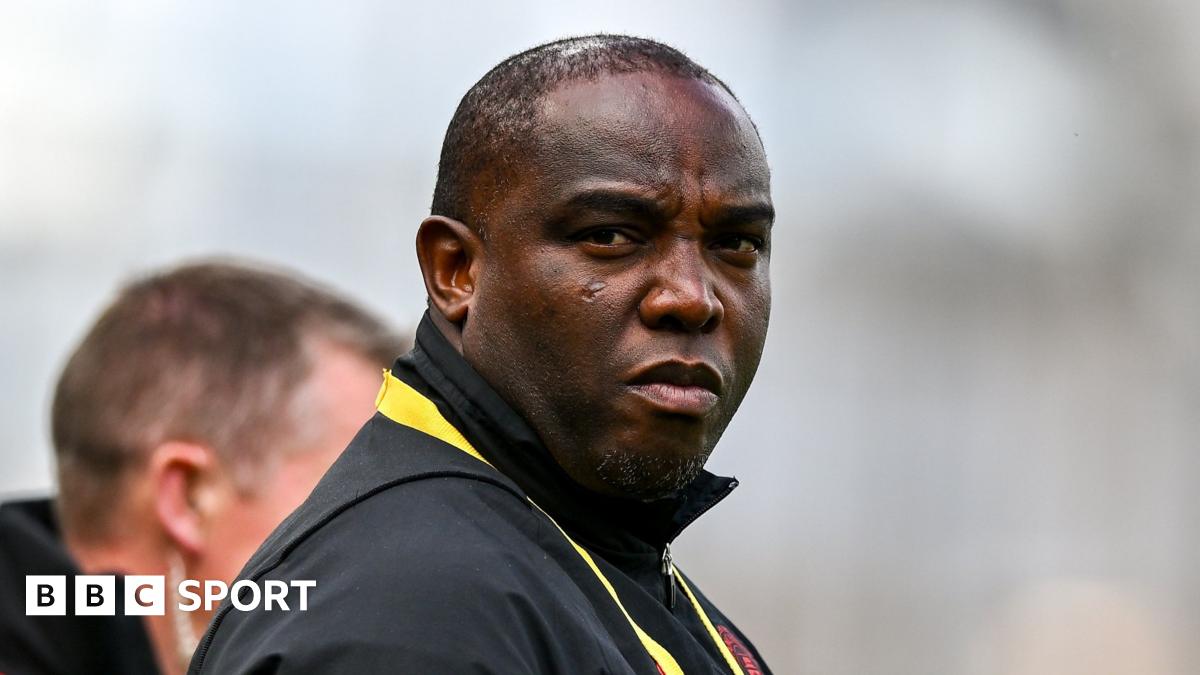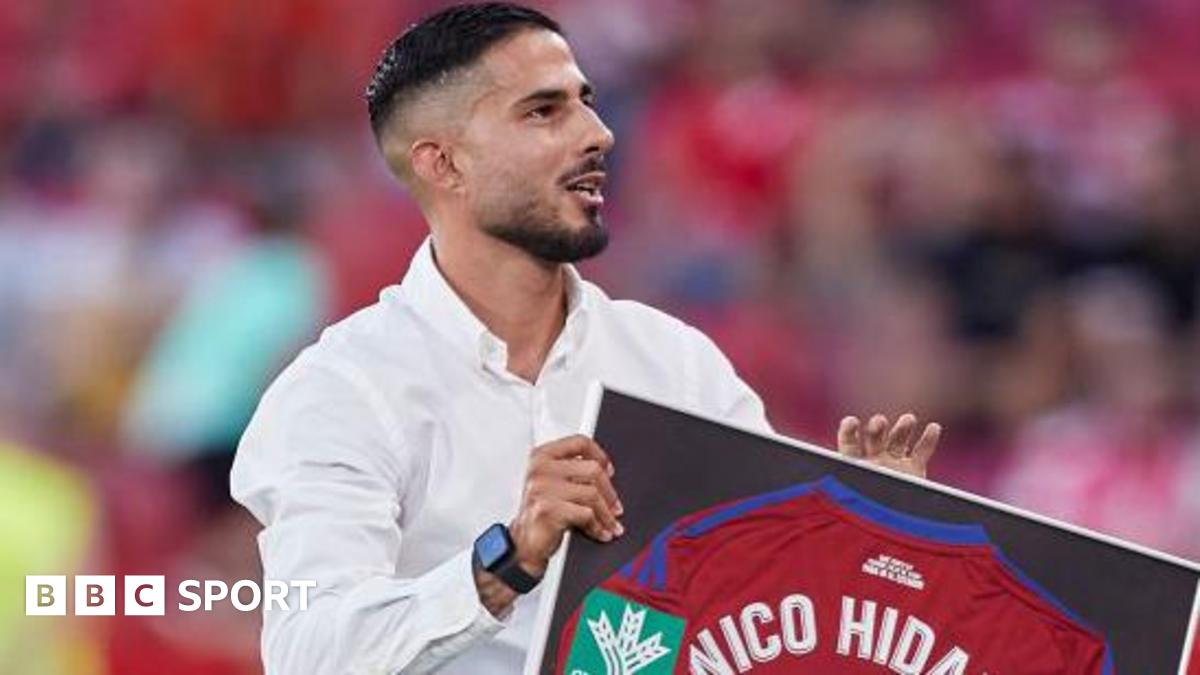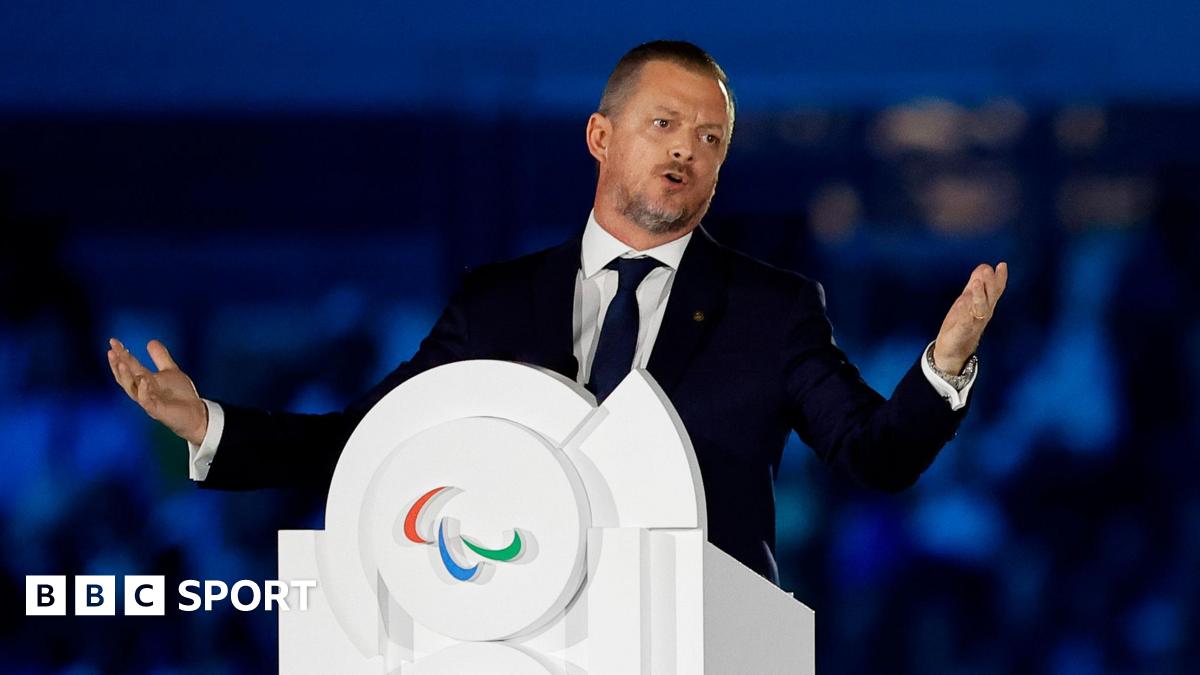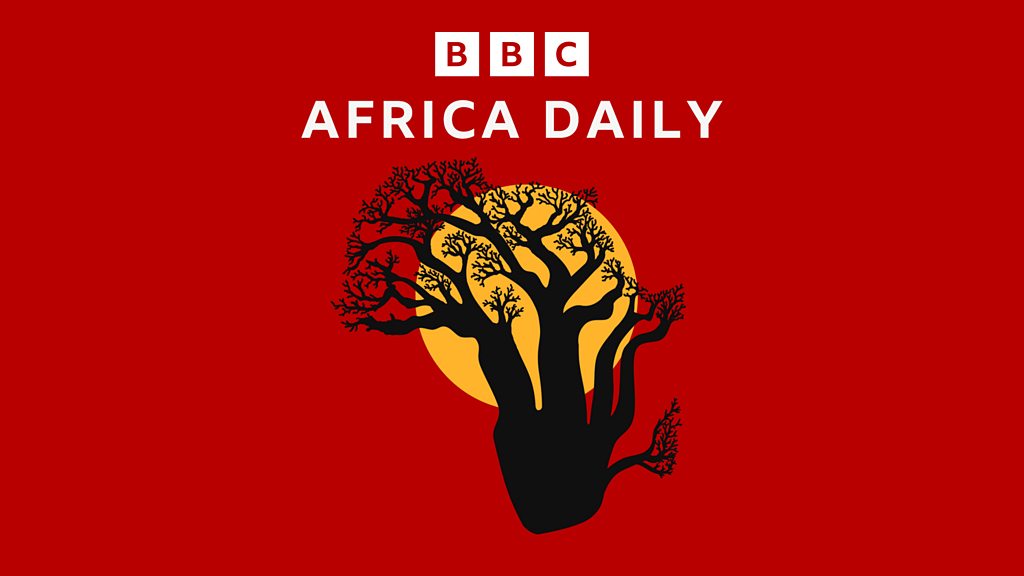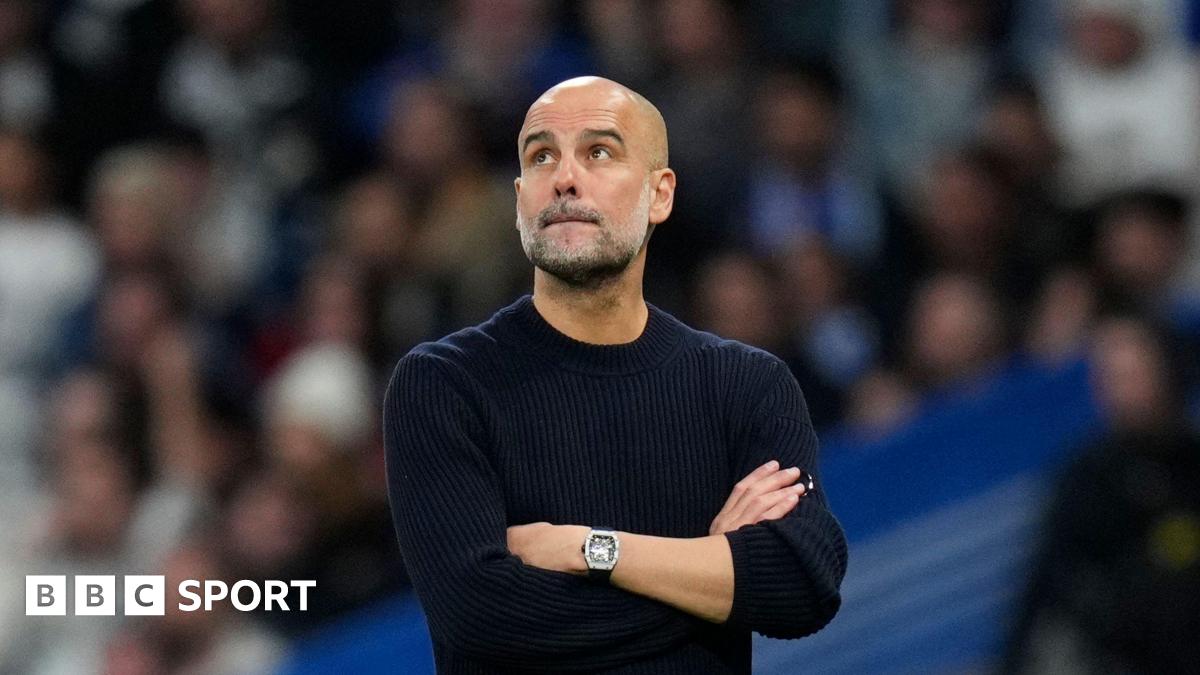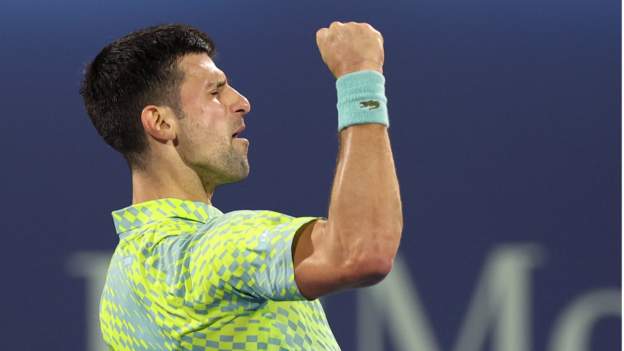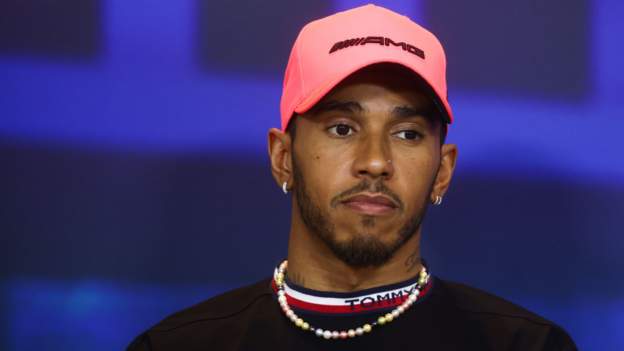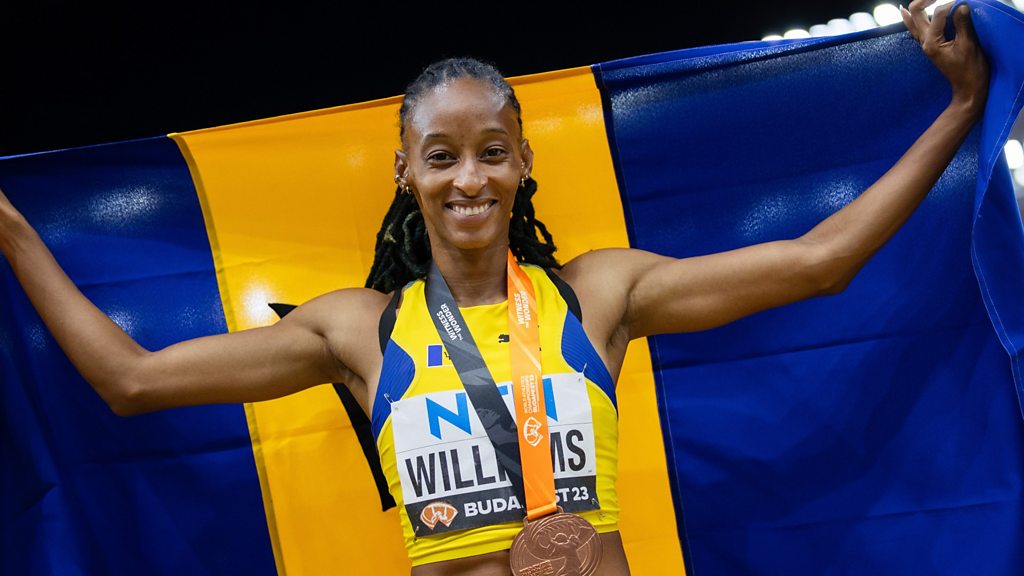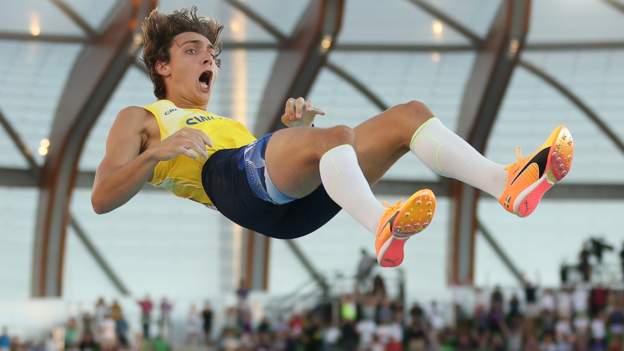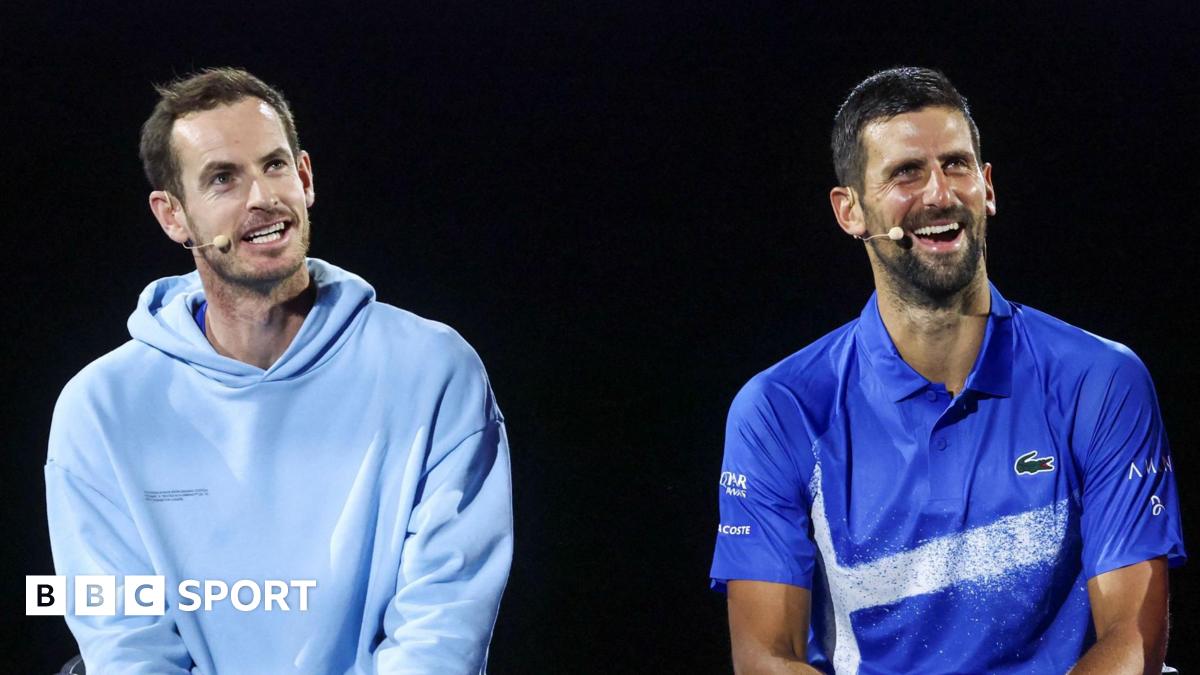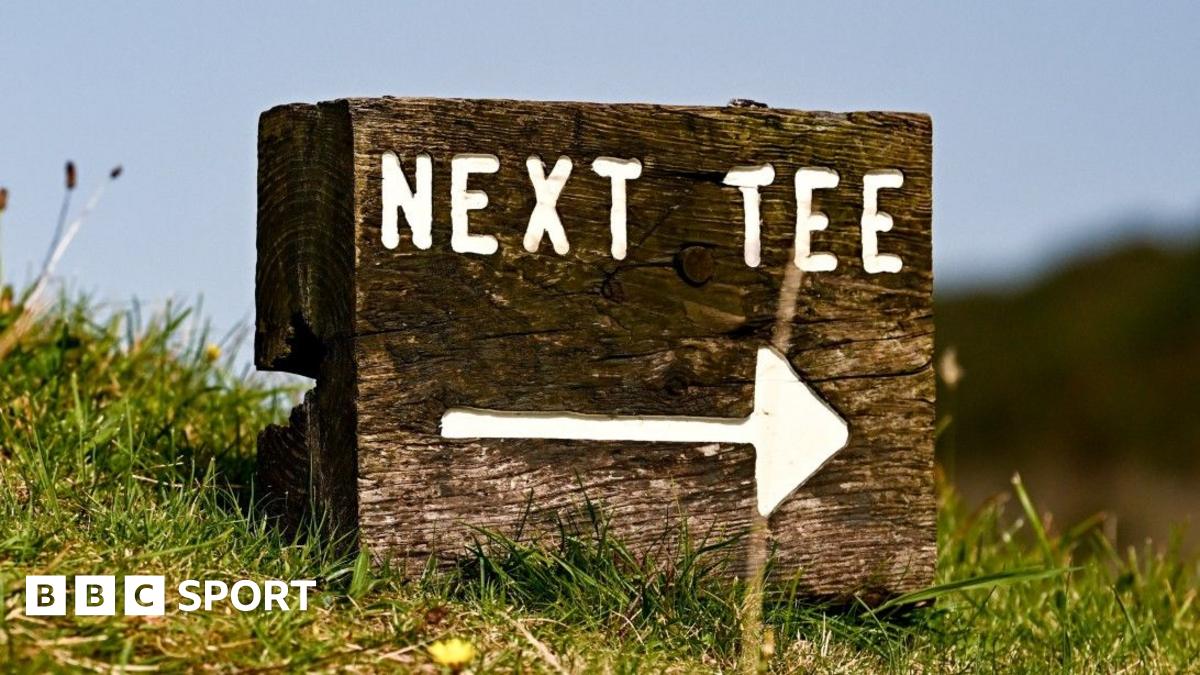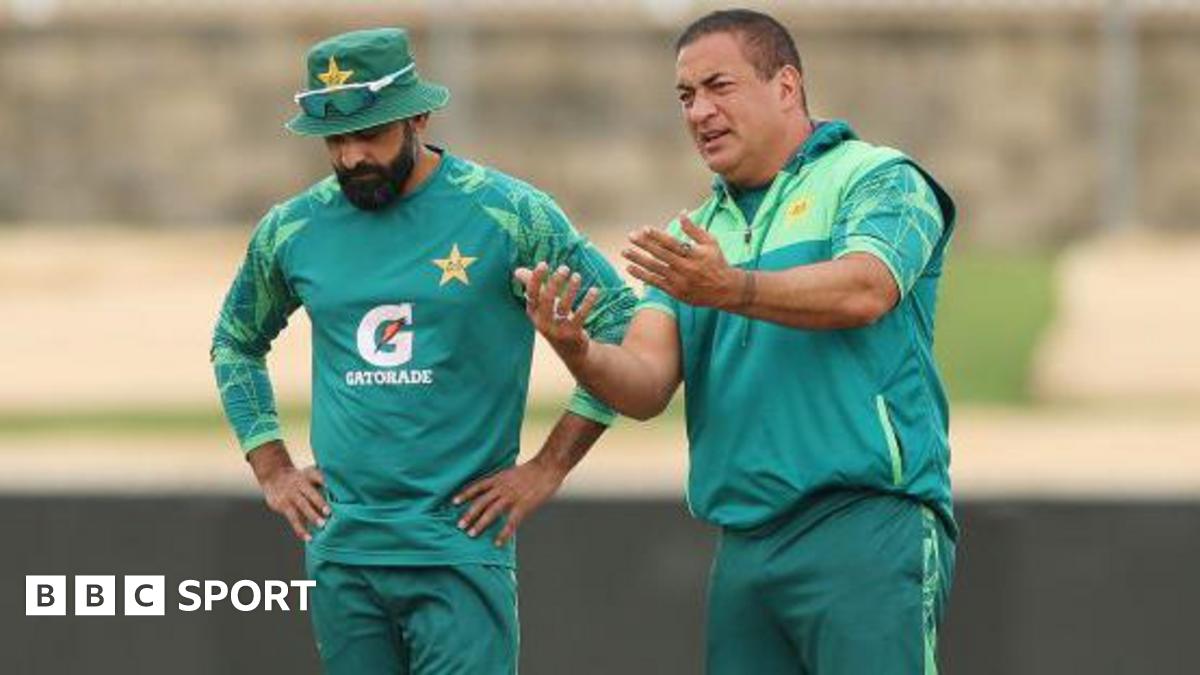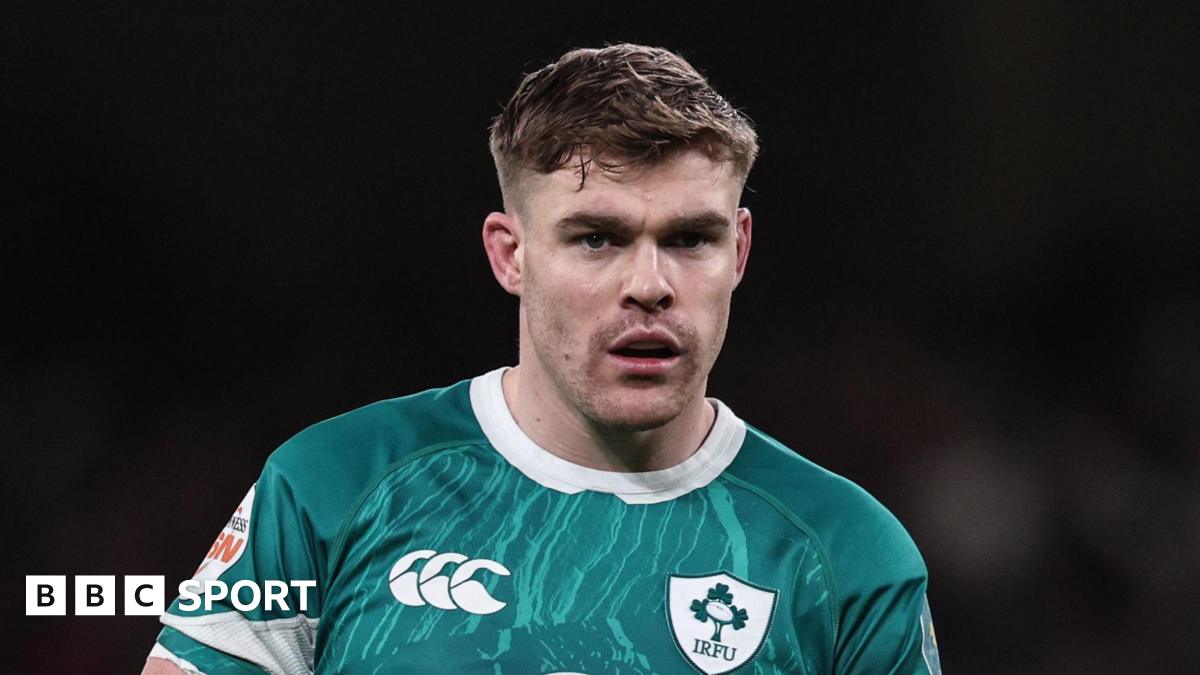A shake-up of the PGA Tour will see eight of its leading events outside of the majors have smaller, limited fields and no longer feature 36-hole cuts.
Known as designated events, these have bigger purses as the PGA Tour aims to stop players defecting to LIV Golf.
PGA Tour commissioner Jay Monahan says the revamp will “deliver substantial, can’t-miss tournaments for the fans”.
Rory McIlroy said he “loves” the move, but it has drawn derision from the breakaway LIV series and its players.
Financially backed by Saudi Arabia’s Public Investment Fund (PIF) to tune of $2bn (£1.65bn), the LIV series features 48-player fields split into 12 teams and has no cuts.
“Imitation is the greatest form of flattery. Congratulations PGA Tour. Welcome to the future,” LIV tweeted.
The four majors – the Masters, the US Open, the Open Championship and the PGA Championship – and the Players Championship will remain with a full field of up to 156 players and have cuts at the halfway stage after two rounds.
What are the changes?
The PGA Tour had already introduced 12 designated events for the 2023 season, worth an average of $20m (£16.5m) and aimed to keep their biggest stars happy.
But more radical changes – to be implemented from 2024 – were announced on Wednesday.
While the full details of the designated events has yet to be worked through – and which eight will fall into this category – the PGA Tour confirmed they will have between 70 and 78 players.
The field will include the top 50 players from the previous year’s FedEx Cup standings and the top 10 players from the latest points list.
Five players will also be able to qualify through non-designated events.
The top players will not have to compete in a mandatory number of tournaments, with the PGA Tour aiming to provide more flexibility.
“The focus will be on purse size, elimination of a cut, and FedEx Cup points distribution sufficiently incentivising top performers to participate,” said the PGA Tour.
How have players reacted?
Northern Ireland’s McIlroy, ranked third in the world, says the changes will make the PGA Tour “more competitive”.
“I’m all about rewarding good play,” said the four-time major champion.
“It’s trying to get the top guys versus the hot guys, right? I think that creates a really compelling product.”
American world number two Scottie Scheffler recently won the Phoenix Open – one of this year’s designated events – and insists the new format will not lead to a closed shop.
“You got to earn your way still out here on tour,” added reigning Masters champion Scheffler.
“There’s plenty of avenues for guys to earn their way into those tournaments, whether it’s this year or next year.”
The arrival of the LIV series has changed the landscape of professional golf and led to what many have described as a ‘civil war’ in the sport.

Last year, the PGA Tour banned its members who played in a LIV competition with the DP World Tour – formerly known as the European Tour – following suit.
Thirteen LIV players appealed against the punishments imposed by the DP World Tour in a week-long hearing at the start of last month, with English Ryder Cup veterans Ian Poulter and Lee Westwood among them.
Poulter said the changes in the PGA Tour’s shake-up sounded “very similar to another product that’s been spoken so badly about by media and commentators”.
Westwood believes the new plans contradict many of the concerns which the PGA Tour has outlined since LIV’s emergence.
“I’ve spent the last year reading how good full fields and cuts are!” tweeted the former world number one.
The decision to remove the cut from more events is “one of the worst things to happen to the game in the last 12 months”, said English player Eddie Pepperell, 32.
“Missing cuts is essential for growth as a professional golfer,” he wrote on Twitter.
“You’d be surprised how much it means to make a cut when your back’s up against the wall and you’re struggling. It’s a mini win and it breeds great things.”
‘Sponsors want the guarantee of superstars’ – analysis
Iain Carter, BBC golf correspondent
There will be plenty on the LIV side who will see the irony of the PGA Tour limiting field sizes for certain events and not imposing a halfway cut.
But this has been a long standing model in World Golf Championships events so there is plenty of precedent.
At the heart of all of this is a desire to get the biggest players together more frequently and playing for the biggest purses.
Sponsors want the guarantee of superstar players being there for all four days of their tournaments.
But the absence of a cut dilutes the competitive edge of tournaments in the eyes of purist observers.


